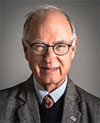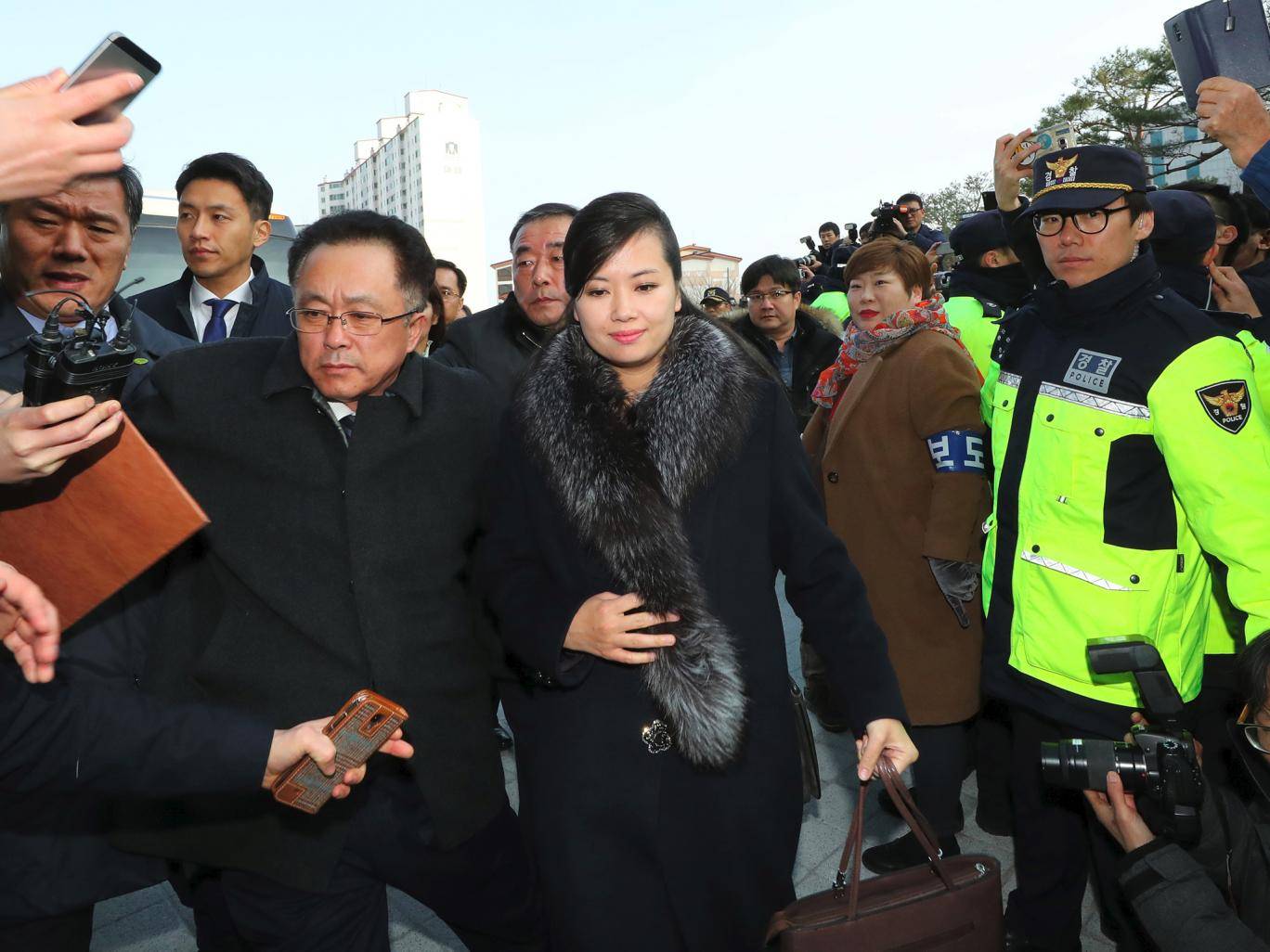Special to WorldTribune.com
 By Donald Kirk
By Donald Kirk
Mid-winter is not exactly the best time for mass demonstrations in South Korea. Protesters prefer to wait for spring, but the Winter Olympics leave them no choice.
Flag-wavers are out there during the coldest ever Olympics, the rightists waving Korean and American flags, leftists and liberals those one-Korea flags, the Korean Peninsula in blue on a white field.
The outburst of Korean-style protests evokes memories of the violence that accompanied the 1988 Summer Olympics when students carrying Molotov cocktails poured off the campuses of universities, confronting rows of policemen in full body armor.

The demonstrations then were against military rule that protesters believed was still in force even though Korea had undergone a mass upheaval in June 1987 that led to promulgation of a democracy constitution calling for election of a president every five years.
I was in Korea then, on a USA Today team that aspired to cover every aspect of the Summer Olympics. One of my jobs was the protests. I remember Molotov cocktails piled up in the student center of Korea University and students massed on the wide avenue outside the main gate of Yonsei University. I watched as they threw rocks at policemen, some of whom I saw picking them up and throwing them back.
These Olympics were a coming-of-age party, recognition of Korea as a rising industrial power, a paragon of economic and political success, but the spirit of protest that had forced the dictatorial former army general, Chun Doo-Hwan, to step down was very much alive. Nobody believed his Korea Military Academy classmate, Roh Tae-Woo, the first president elected under the “democracy constitution” promulgated in 1987, aspired to democratic ideals.
Thanks to the bitter cold, protests during the PyeongChang Olympics are much smaller than we’d see in warm weather. They also differ from the Seoul Olympics in other ways.
For one thing, in 1988 there were no conservatives waving Korean and American flags. Conservatives were in power. The Olympics were their show. Protesters in those days were leftist or liberal. With a liberal president, Moon Jae-In, now in the Blue House, the Left has only the conservative protesters to protest, not the figure in authority. Policemen have to stop them from coming to blows.
There’s also another important difference between Olympics 1988 and Olympics 2018. Right-wing protesters are incensed over Moon Jae-In agreeing on North and South Korean athletes marching together in tonight’s opening ceremony and in the closing 16 days from now, and they’re upset by the South’s beloved women’s hockey team forming a joint team with the North Koreans.
They’re showing their outrage by burning poster-size images of Kim Jong-Un and the one-Korea flag. I don’t recall anyone in 1988 burning images of Kim’s grandfather, Kim Il-Sung, who’d been ruling the Democratic People’s Republic of Korea for all its history. Nor were there any signs of a one-Korea flag, a design that got into the culture in the era of Sunshine as promulgated by the liberal Kim Dae-Jung after his upset victory in the 1997 election and carried on by his successor, Roh Moo-Hyun.
North Korea was an overwhelming issue before and during those Olympics of nearly 30 years ago, but there’s one other overwhelming difference. Much as the South pleaded for the North Koreans to join in the l988 Summer Olympics, they not only stayed away but engaged in the bloodiest act of terrorism in Olympic history.
That was the downing in November 1987, 10 months before the Games were to begin, of Korean Air 858, shattered by a bomb placed in an overhead bin by two North Korean agents before they got off at Abu Dhabi. All 115 aboard perished when the plane plunged into the Andaman Sea.
The incident was North Korea’s attempt to ruin a show that would demonstrate the South’s success in contrast to the North’s repression and poverty.
Kim Jong-Un has adopted the hairstyle and mannerisms of his grandfather but is trying a reverse approach. Rather than engage in terrorism and boycott the Winter Olympics, he’s sent his younger sister, Kim Yo-Jong, and the figurehead chief of state, 90-year-old Kim Yong-Nam, head of a huge entourage that includes a full orchestra, cheerleaders and, of course, athletes, notably a figure-skating pair and that women’s hockey team.
While demonstrators do their best to show how much they hate or love them, the North Koreans are putting on an impressive display.
There’s yet another distinction, moreover, between then and now. In an exercise in one-upmanship, North Korea flaunted its military might on Thursday in a parade designed to show who’s got the real power in the North-South standoff.
In 1988 the North had yet to test-fire long-range missiles, much less detonate a nuclear device. Now, 30 years later, North Korea poses a terrorist threat far more devastating than blowing up a defenseless civilian airplane.
Donald Kirk has been covering war and peace in Asia for decades.
